Simatai Great Wall in January(司马台长城) Posted by Stephen on Jan 18, 2011 in Uncategorized
As the transition from winter to spring occurs, and we experience a “change of seasons” or 物换星移 (wùhuànxīngyí), a real chance to shed off all those winter layers and have some fun outside emerges. Sure winter was frigid, summer’s going to be sweltering, but right now Chinese weather has found a happy medium.
To understand China’s four seasons or 四季 (sìjì), one must to understand the rule of extremes. From Beijing to Nanjing, weather or 天气 (tiānqì) usually fluctuates between extreme highs or lows. Most people in cities like Beijing or Shanghai will tell you that as a result, fall and spring are the best times to be in China (and hence all the festivals). What I’ve found in my experience is that winter or 冬天 (dōngtiān) is the best time to find some peace and quiet, especially at historic landmarks or scenic areas that are usually over-run with tourists. Sure the weather is guaranteed to be frigid, but a newly purchased knock-off winter jacket and a couple sips of baijiu will get you moving and on your way. Most tourists wont venture out into the wilderness during negative degree days with wind chills in the minus thirties, so if you can take the cold, grab your camera and hit the trails.
Here are some photos taken this time last year when the weather really cleared up. Unlike my previous visits to the Great Wall, which were mired with tourists, pushy vendors and massive tour groups (all wearing the same uniform and brightly colored hats) with guides barking orders into megaphones, this visit was quiet, isolated and…well closer to embodying the austerity and propriety of this historic landmark.
The trip began by meeting up with “Jack”, a retired or 退休 (tuìxiū), ex-military official-turned entrepreneur (企业家) and driver in Beijing, he raced us the 200 plus kilometer distance to the Simitai section of the Great Wall (司马台长城) just northwest of Beijing province. Slight tangent here, but if you ever want a lesson in rally car racing, find this guy Jack. The entire cab ride, he was putting his sporty Audi V6 through narrow passes, taking turns at 100 plus km and using the left and wrong lane as his own personal fast pass while he played chicken with everything from donkey-pulled-carts to bulldozers.
Narrowly making it just half an hour before sunset, Jack, the ex-military man, suggested that we could run the entire 10 km path in a little more than an hour in all earnestness, but we insisted on a more leisurely pace. As it turned out, sunset started soon after we approached the elevated parts of the wall and by sheer luck we timed the it perfectly. There were no crowds, no loud noises, and none of the frantic throngs clogging the stairways, just a calm and serenity or 宁静 (níngjìng) unusual to Chinese landmarks.
Check out the full gallery:

Build vocabulary, practice pronunciation, and more with Transparent Language Online. Available anytime, anywhere, on any device.
About the Author: Stephen
Writer and blogger for all things China related. Follow me on twitter: @seeitbelieveit -- My Background: Fluent Mandarin speaker with 3+ years working, living, studying and teaching throughout the mainland. Student of Kung Fu and avid photographer and documentarian.



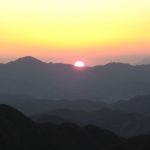
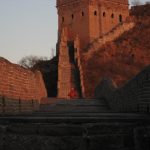
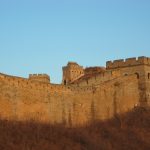

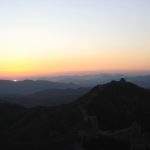
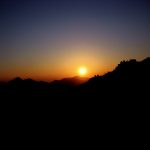
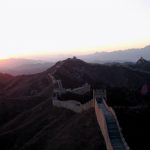
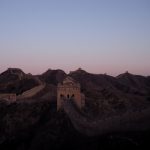
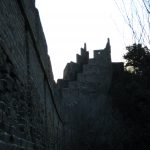
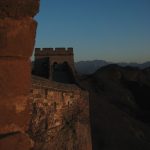
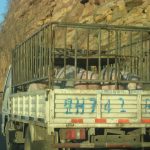
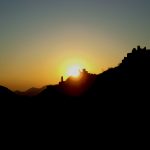

Comments:
Peter Simon:
“the Simitai section of the Great Wall (司马台长城)” = Simatai! “one must to understand” …. hm … let’s call it a spelling mistake, like this one: “we timed the it perfectly” 😉 Other than these, it’s a very enjoyable and useful description and the photos are beautiful. The Simatai section is also one of the real quiet areas of the wall, just across the valley separating it from the much better-known and breath-taking Jinshangling section, which is so difficult for most that they don’t care to go over to Simatai. The other end of Simatai is also difficult to access, far from the Beijing-Chengdu main road, and practically un-doable both directions after Jinshangling. At least that was my impression a few years ago. Hope it hasn’t changed – it’s a real, undisturbed section with a serene atmosphere.